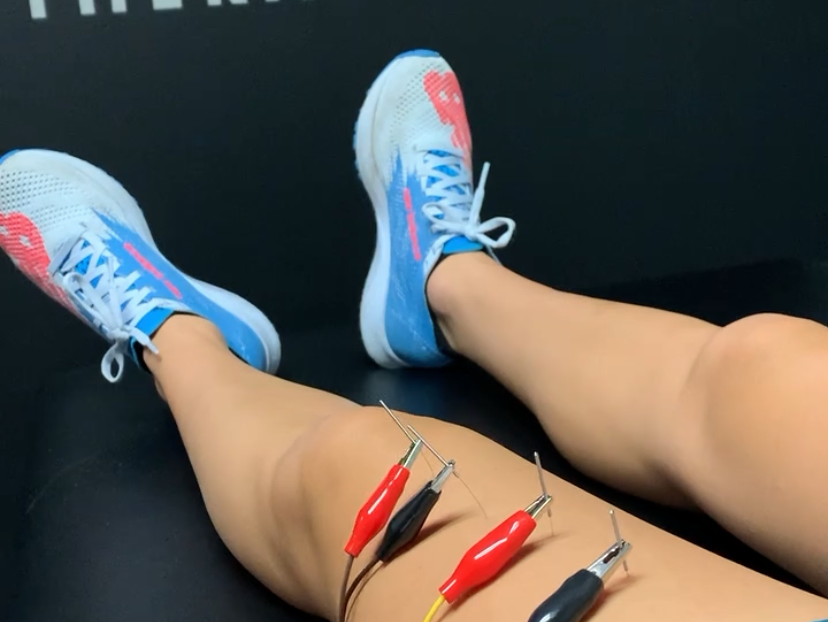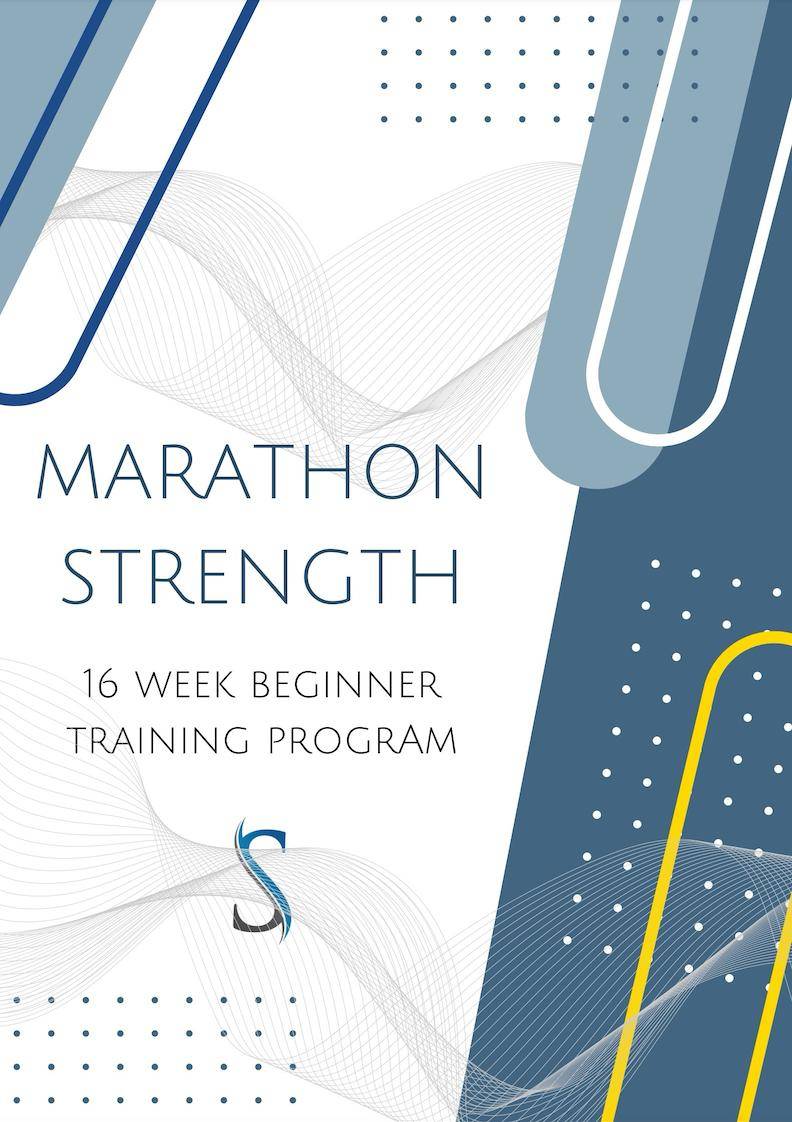
Dry Needling for Sports Performance
With IronMan Wisconsin on the horizon (September 14, 2021), you, like I have probably noticed the influx of runners and cyclists on the bike paths all over Madison. An article on active.com reports an average requirement of 13 hours of training PER WEEK to prepare for a full length IronMan. That’s 2.4 miles of swimming in Lake Monona, a 112 mile (very hilly) bike in and around Madison and a 26.2 mile run to top it all off.
Needless to say, that’s a lot of repetition and probably a lot of soreness. Not to mention the cost. Athletes can drop more than $3,000 between race entrance fees, a wet suit and equipment maintenance. The last thing you (the athlete) would need, would be to get side-lined by a sore back or hamstring.
If you’ve tried all the stretches that Google can offer, as well as foam rolling, massage and ice baths, maybe dry needling is the piece of you’ve been missing in your recovery.
Dry needling is a treatment in which a practitioner applies very thin (microfilament) sterile needles to certain areas of the body. (The ‘dry’ in ‘dry needling’ refers to the lack of injection.) During this treatment, the client may experience a “local twitch response” that often feels like a cramp. This is perfectly normal and often painless.
This reaction, or reflex travels to the brain via the spinothalamic pathway which is one of the primary ways the brain receives and interprets noxious or painful stimuli. Once the signal reaches the thalamus, it is interpreted by the thalamus in the brain which then sends the appropriate response to the stimulus. The goal of this treatment is to reset the neuromuscular pathway so that the brain alters its ‘view’ of the painful muscle or area and better coordinates with the surrounding muscles and body structures.
So can dry needling aid in the recovery after long workouts or competition or help prime an athlete prior to a big competition? It sure can. by resetting the muscles, athletes have experienced decreased pain and soreness, improved range of motion, improved flexibility and improved ability to coordinate movement patterns. It is, however important to know how you personally will handle a dry needling treatment, as everyone is a little different. Most people report feeling better after treatments, while some report feeling some muscular fatigue in the muscles worked on, but this soreness typically only lasts up to 36 hours after treatment with people feeling better the following day.
There are, of course, some risks involved with dry needling, but if it’s a treatment that you’re interested in, check with your physical therapist to see if it’s right for you.


